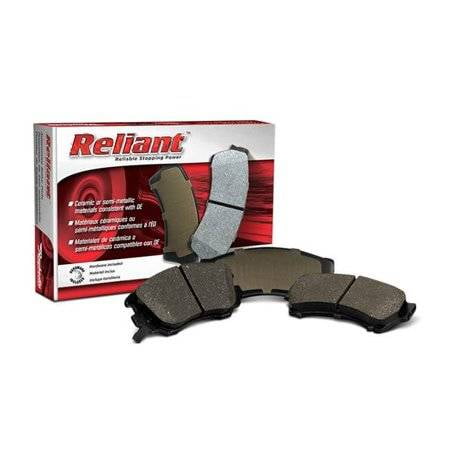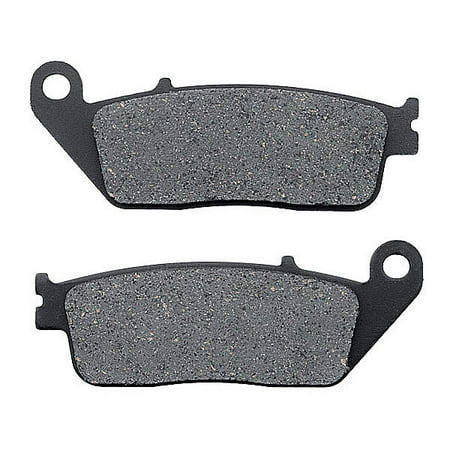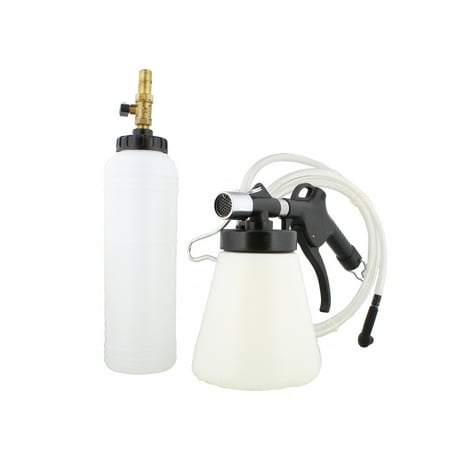ABN Vacuum Brake and Clutch Bleeder Kit 90-120 PSI Air Pressure Fluid Bleed Tool
QUICK BRAKE BLEEDING: The ABN Pneumatic Vacuum Brake and Clutch Bleeder Kit, 0.75 Liter – Master Cylinder 90–120 PSI Air Pressure Fluid Bleed Tool works with your air compressor to quickly bleed those stubborn brake lines; Easier to use and less messy than an inconvenient hand pumpEASY TO USE: Select a fill bottle adaptor for the master cylinder to hold it in place, fill the bottle with fluid, pop it on the master cylinder and open the valve; Once the master cylinder is filled, the bottle flow will stop so you can connect the vacuum jar to an air compressor (not included), connect the bleed hose to the brake bleeder and open bleeder, then pull trigger on jar and lock in place, let it draw for 4-5 minutes, close bleeder, and check brake pedal pressureONE-PERSON JOB: Innovative bleeder design allows you to fully complete the job by yourself; No second person neededWORKS FOR YOUR VEHICLE: For use on motorcycle, car, and truck; 1/4-inch – 18 NPT air inlet; 90 to 120 PSI (6-8 bar) air supply requirement; 25-ounce (0.75L) approximate refill container capacity; Includes different adapter sizes to accurately fit your applicationCONTENTS: Package includes a brake and clutch bleeder, refill container, and plastic adapters; Compressor required, not includedInstead of putting up with the mess and inconvenience of a hand pump, use the ABN Pneumatic Vacuum Brake and Clutch Bleeder Kit, 0.75 Liter – Master Cylinder 90–120 PSI Air Pressure Fluid Bleed Tool to quickly bleed stubborn brake lines. Simply apply 90 to 120 PSI air pressure from your own compressor, take off the master cylinder reservoir cap, open the bleeder, and hook up the tool’s hose. When you press the trigger, it allows air to run through canister holes which creates suction on the line going to the brake nipple on the caliper which will suck out the dirty fluid and air. This design allows for a one-person job on motorcycles, cars, and trucks. The refill container holds 25 fluid ounces and different adapter sizes are included to accurately fit your application.









Reviews
There are no reviews yet.